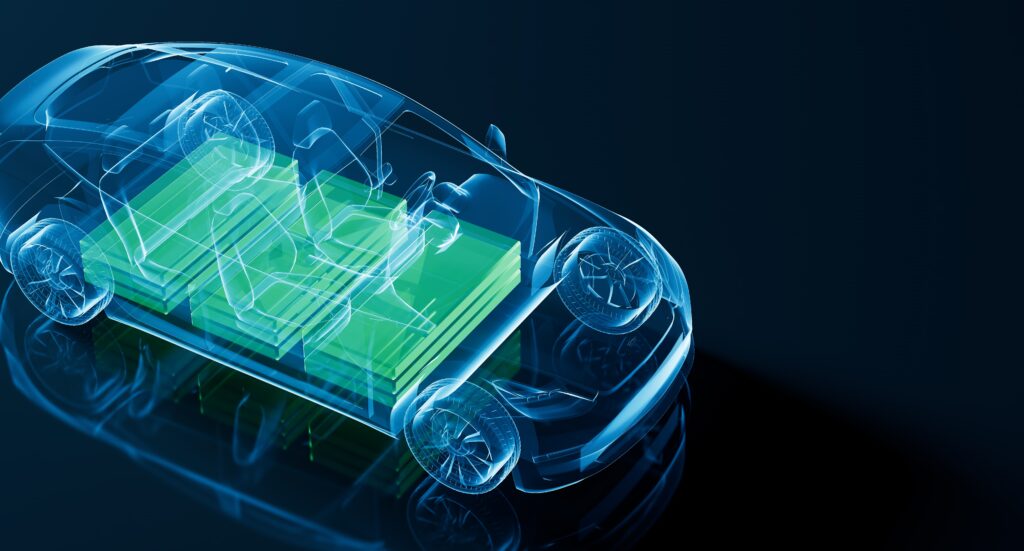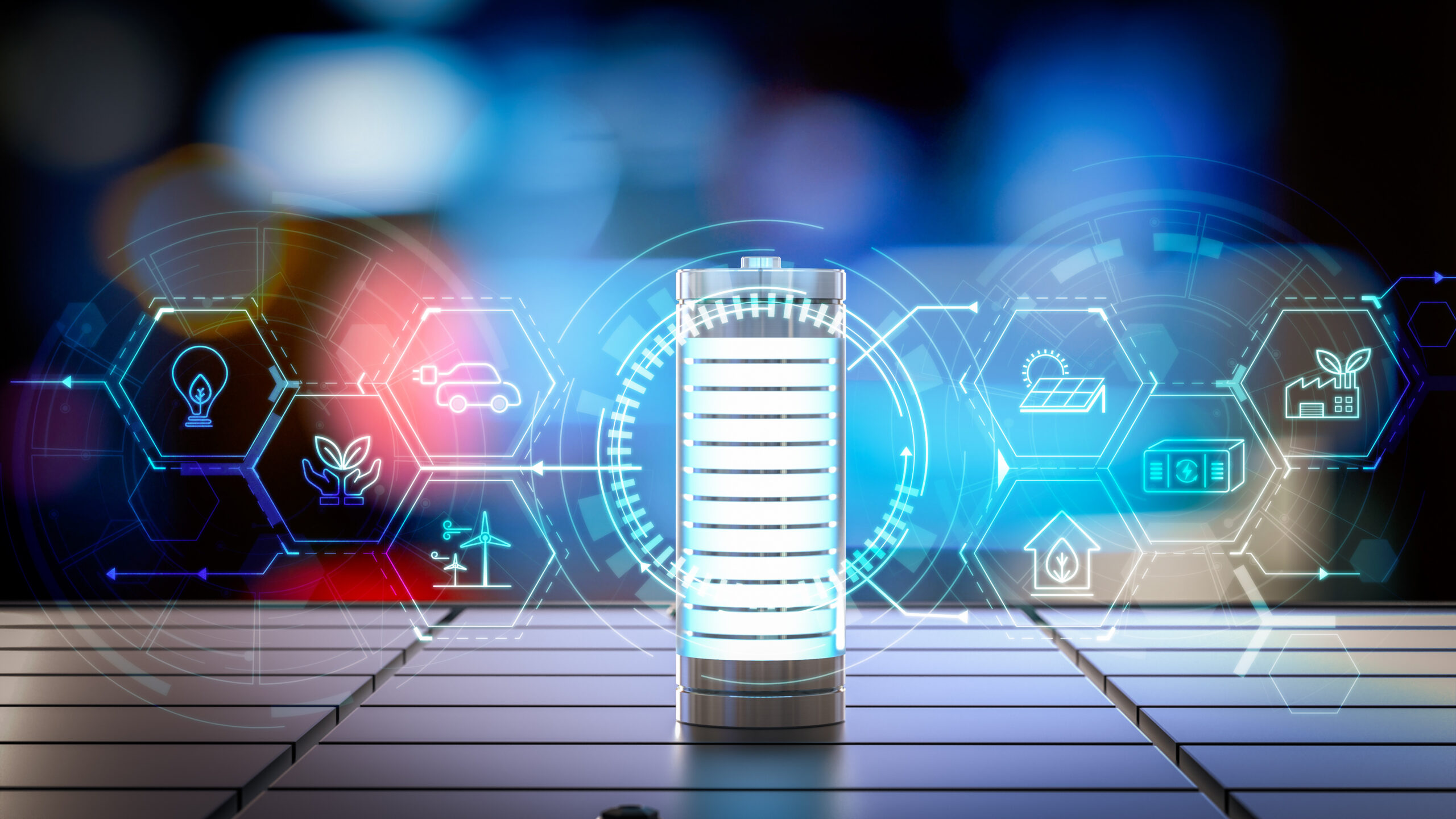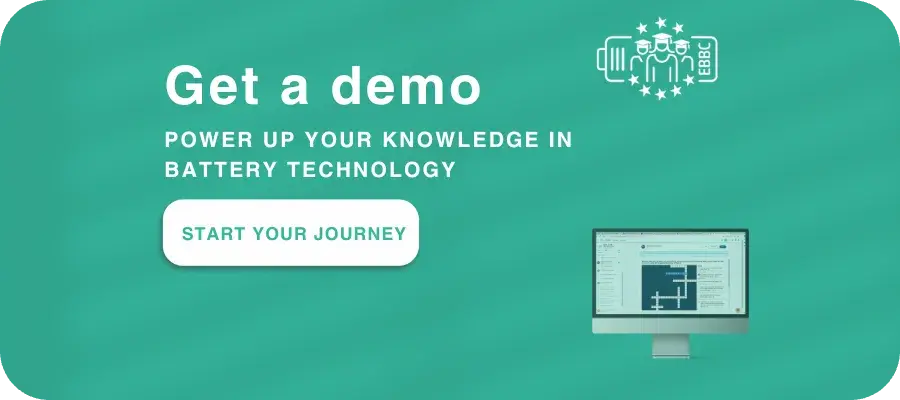Battery industry 2025: The current status and outlook for the future
In 2024, the battery industry is on a remarkable growth curve. With the increasing demand for electric vehicles (EVs), global sales figures passed the 10 million unit mark in 2024. This is an increase of around 25% compared to the previous year, highlighting the unstoppable trend towards battery electric mobility. A further increase in sales figures is expected for 2025, with forecasts predicting that around 15 million electric vehicles will be sold. This development is being driven by technical innovations, legal requirements and a growing awareness of sustainability.
So the battery industry will still be booming in 2025, but which battery boom should you follow? This article sheds light on the battery trends 2025.
1. The revival of the mid-nickel NMC: A revolution in battery technology?
Many current electric cars use so-called NMC811 batteries, in which the three materials nickel, manganese and cobalt are mixed with lithium in a ratio of 8:1:1 in the cathode. However, mid-nickel NMC technology (nickel manganese cobalt) could experience a renaissance in 2025. Mid-nickel NCM batteries are competitively priced with LFP batteries and offer a high energy density. They contain 40-60 % nickel, which is lower than the over 80 % in current high-performance high-nickel batteries, and their level of cobalt is also significantly lower.
This year we could see increased use of this technology, which not only expands the range of EVs, but also extends battery life. Other benefits? Greater efficiency and reduced costs, which could further drive the acceptance of electric vehicles.
2. L(M)FP: The undisputed king of batteries?

Lithium iron phosphate batteries, or LFP for short, are a type of battery known for their safety and longevity. These batteries use iron and phosphate, which makes them cheaper and more environmentally friendly than other types. In recent years, further developments of this technology – such as L(M)FP, where part of the iron used as cathode material is replaced by manganese – have also emerged, offering additional benefits. These new batteries improve performance and efficiency while maintaining the same safety features.
In 2025, LFP batteries could become standard in many new electric vehicle models. In China, LFP cells are already the favourite for electric cars. The advantages of the battery trend? Lower costs and high thermal stability, which minimises the risk of fires.
3. Silicon anodes: The new star in the anode sky?
When it comes to the cell chemistry for the battery in electric cars, the cathode side is the main topic of discussion. Currently, this usually involves material mixtures of lithium iron phosphate (LFP) and nickel manganese cobalt (NMC). A lot is currently changing here with the increasing amount of nickel in NMC and the spread of robust LFP cells (see trend 1 and trend 2). The anode, on the other hand, has been largely ignored: it consists almost exclusively of graphite. But there is also great potential to improve charging performance and energy density here. Silicon could be added to the anode, for example, or the anode could even be made of 100 % silicon!
Increasing the amount of silicon in anodes is an exciting trend that could gain momentum in 2025. As silicon can temporarily store much more lithium, it has the potential to significantly increase the capacity of batteries. The advantages? Longer ranges for electric vehicles and shorter charging times, which is extremely attractive for consumers. The challenge? The charge uptake and release in a silicon anode leads to large volume expansion and subsequent shrinkage. Unfortunately, this extreme material stress greatly shortens the service life. Adding a small proportion of silicon to an existing graphite anode is therefore currently the compromise. But things could change here in 2025!
4. Next-generation batteries: The future of battery technology?
The many ongoing advances in cell chemistry lead to further improvements in the efficiency and service life of batteries. In 2025, experts expect new chemical compositions to come onto the market that are not only more environmentally friendly, but also increase performance.
The advantages? Higher energy densities and less dependence on critical raw materials, which improves the sustainability of production. Examples? Lithium-sulphur batteries – a new type of battery that promises high energy density at moderate costs. Although prototypes and small series are already available, they have not yet been commercialised on a large scale. On the other hand, solid-state batteries – they are safer and enable a greater range and shorter charging times than conventional Li-ion batteries. But also sodium-ion batteries – they are safe, cheap and long-lasting. They could develop into a sustainable alternative to conventional lithium-ion batteries, particularly due to their more environmentally friendly raw materials. Let’s see what happens this year!

In summary: On the way to the future of the battery industry
The battery industry is facing exciting developments in 2025. The revival of mid-nickel NMC, the dominance of L(M)FP, the increase of the silicon level in anodes and the emergence of next-generation chemistries are trends that will not only drive the technology forward, but also promote the acceptance of electric vehicles. These changes could revolutionise the industry and pave the way to a more sustainable future.
The learning modules on the EBBC online battery training provide scientifically grounded and contemporary information on battery materials and cell manufacturing.
Get ready for the battery-based energy transformation. More information: https://www.batterybusinessclub.com/battery-training/
For cutting-edge research on battery technology check Fraunhofer FFB publications.




